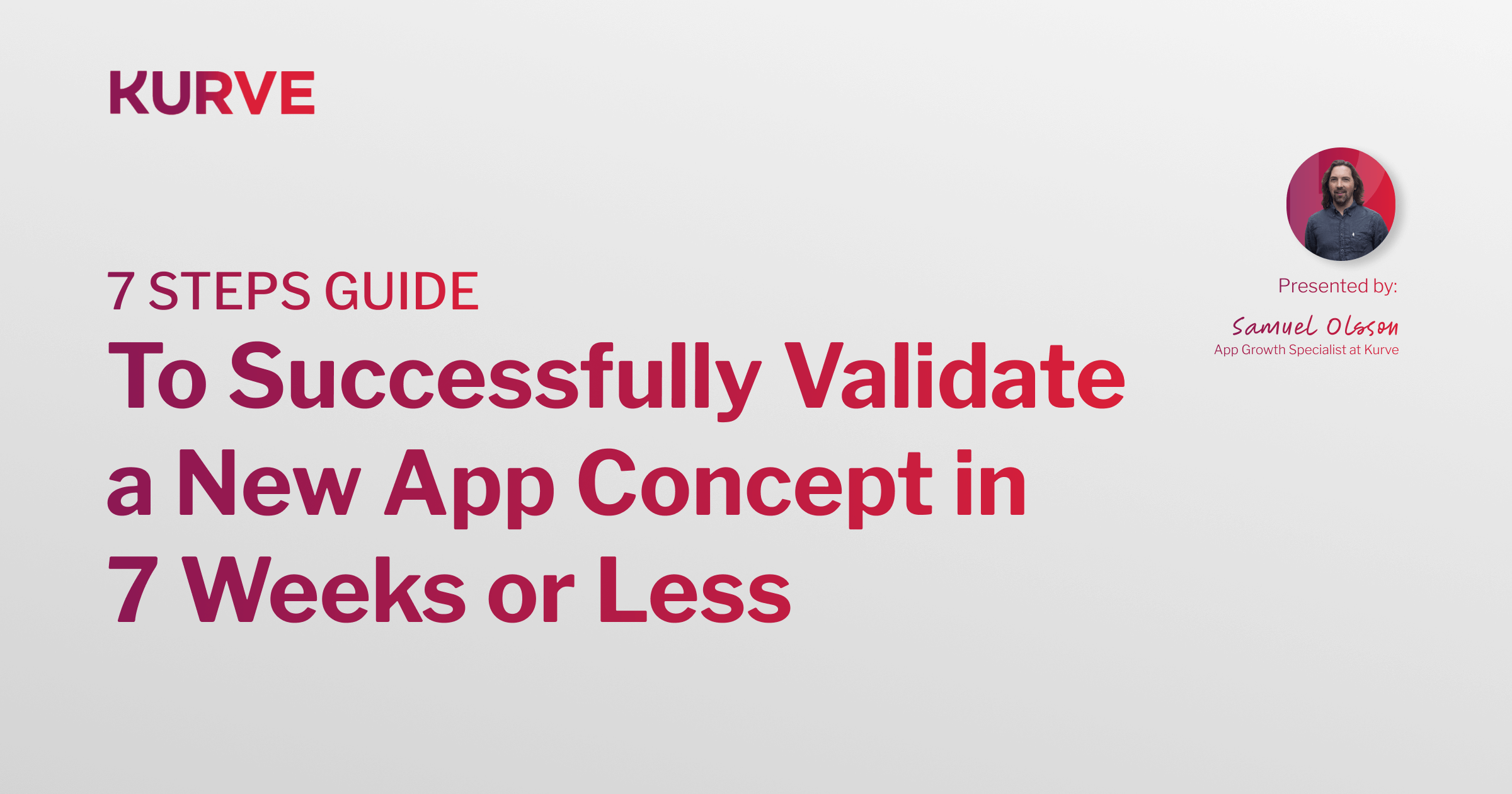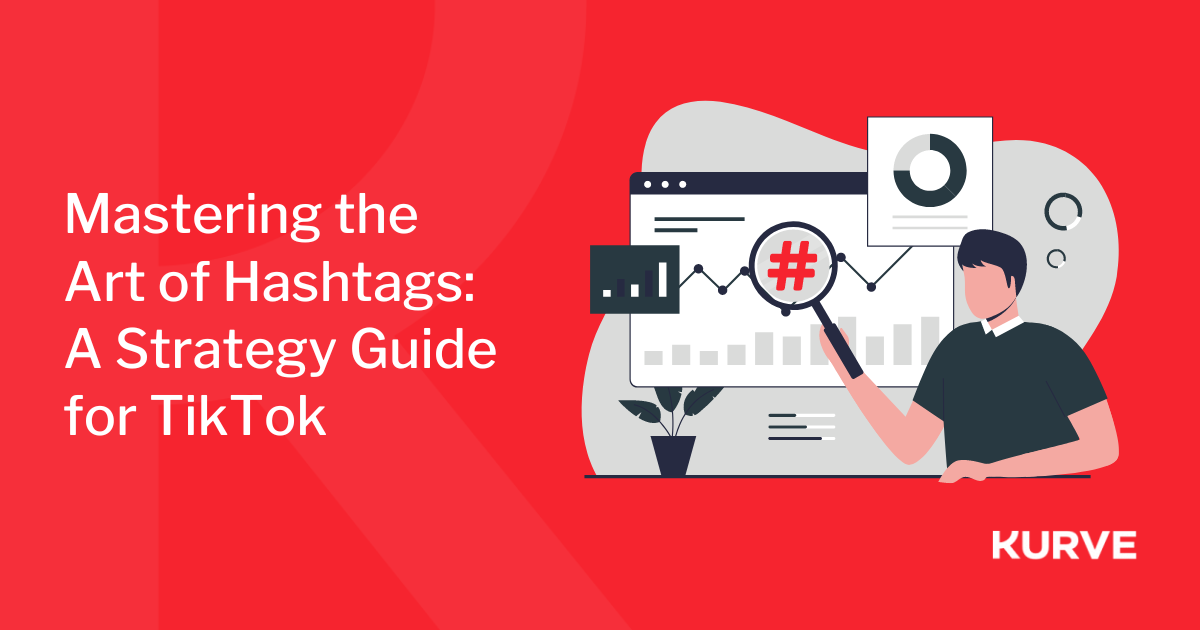How to Power Your Google Search Retargeting with an Isolated Campaign Strategy
For Display advertisers, retargeting campaigns are standard practice. But at the same time, most marketers aren’t getting the most out of Search retargeting. Many are simply letting Google manage their remarketing lists and bidding strategies, and losing out on converting valuable warm audiences because their ads don’t get shown.
And on top of this, when Search retargeting is an afterthought, crafting the right messaging and user flow for returning visitors isn’t the priority — meaning they get a substandard experience.
In this post, I’m going to explore the role of retargeting in Google Search Ads, and explain the benefits of this underused tactic.
I’ll explain how I do this effectively with isolated retargeting campaigns using “Targeting” rather than “Observation” settings, thereby maximising budget and avoiding the pitfalls that put many marketers off retargeting using Google Search.
What’s the role of retargeting users through Google Search?
It’s pretty much a universal truth that returning visitors are cheaper and easier to convert than new ones. Knowing this, I don’t need to justify the concept of retargeting, because it’s commonly accepted as a means to stay front-of-mind and bring prospects back to your offer.
Most of the time, marketers use channels that allow them to follow a person around the web — e.g. via Google Display Ads, Facebook & Instagram Ads, Twitter Ads, and others. Why? Because they don’t require the prospect to take action before they’re served the ad.
But Search retargeting only clicks into gear when someone is actually looking for a solution to their problem for the second, third, or fourth time. Naturally, this makes it less appealing.
In my view, this is a mistake — and an underestimation of how powerful this channel is.
And the best way to back this up is to look into the conversion paths for one of Kurve’s clients. This screenshot highlights the kind of user behaviour I see regularly:
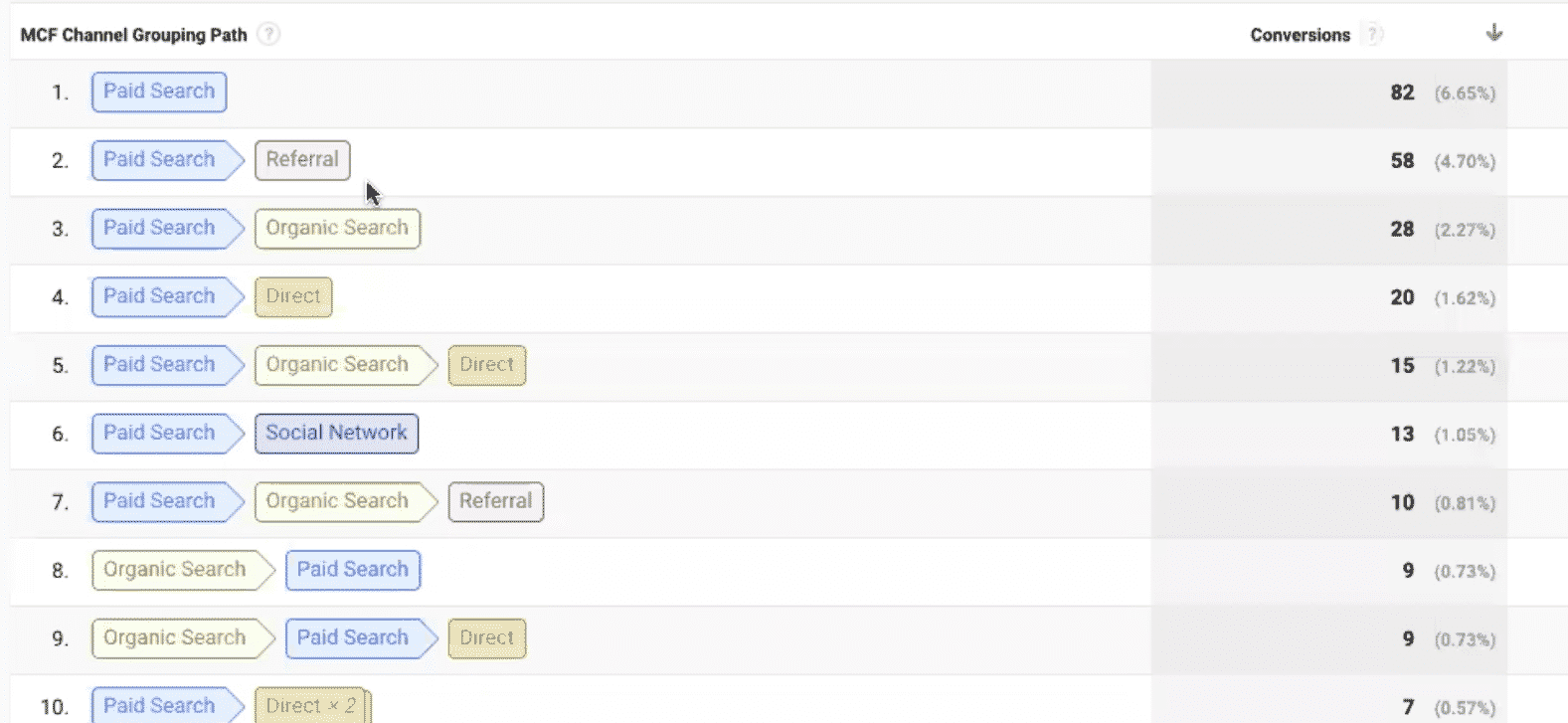
As you can see, our client had 233 conversions originating from the Paid Search channel. 82 of these converted immediately, but 151 conversions involved another action — for example, another search, a direct hit on the site’s domain, or a referral from elsewhere. This means just 35% of the converting Paid Search traffic is “single-source” right now.
I’ve seen these numbers vary based on the business, industry, product, and audience — but the underlying principle remains. Search retargeting makes sense when your prospects are searching, considering, comparing, searching again, and coming back to make a purchase. And this is the case for many businesses out there, particularly in higher-value B2B markets.
But what are the pitfalls of Google Search Retargeting, and how can you run these campaigns effectively for your business? Let’s take a look.
Introducing our isolated retargeting campaigns strategy
The first mistake you can make is to let Google manage your retargeting audiences. By default, Google Ads suggests you apply remarketing lists to your existing campaigns.
This gives you the opportunity to increase your bids for people who have visited your site, but the problem is that you’re not only targeting them in that campaign. When you do it this way, you’re targeting new and returning users alike — spreading your budget thinly across both.
For example, if you’re bidding £1 for new users, you might bid £1.30 for returning users — an increase of 30% for this higher-converting audience. But if they’re included in the same bucket with the same daily budget, you’re leaving it up to Google to decide what gets spent where.
So, if you have a £1,000 monthly budget, but you’re in a competitive space and you’d need £10,000 to show up for all searches in a campaign, you’re already stretched.
There’s no space to assign 5-10% of your budget elsewhere, unless you force this prioritisation yourself.
Below, we see a campaign where cost per conversion is 31% lower in returning users. But the campaign status is limited by budget. This represents a missed opportunity.
Why not target these returning users in a different way, to make sure you’re reaching them more often?
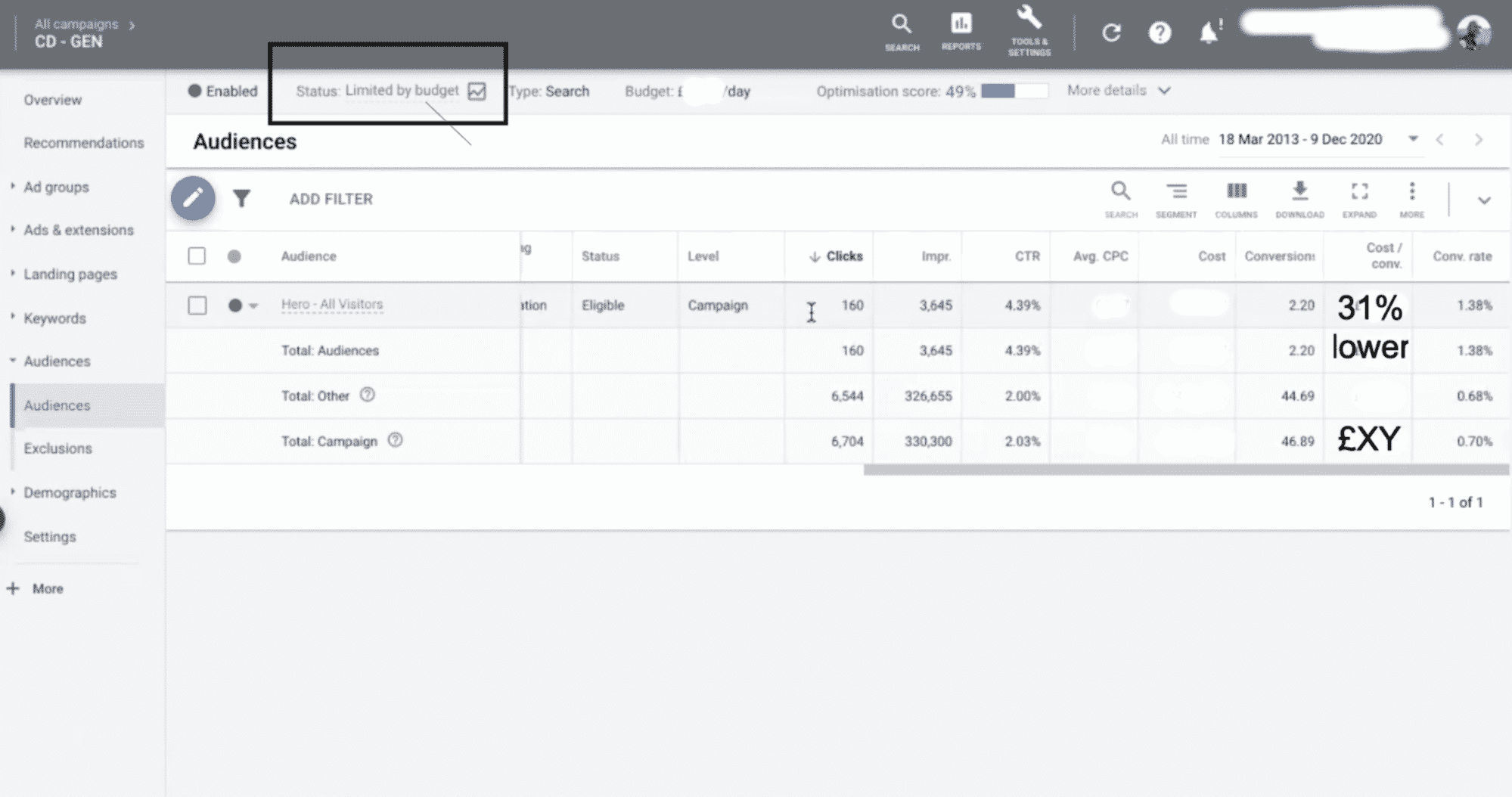
Isolated retargeting campaigns for Search
Most businesses don’t have unlimited advertising budgets. They have to get the maximum return from the resources available to them. So, often, I’ll want to spend my money on retargeting audiences first, because I know they’re going to convert better.
In order to do this, I need better control of the remarketing lists and how they’re applied. And this means I need to isolate site visitors and build a campaign especially for retargeting them.
By doing this, we can make sure we reach people who are further down the funnel.
For example, this isolated retargeting campaign has a conversion rate of 4.7% — almost double the account as a whole:
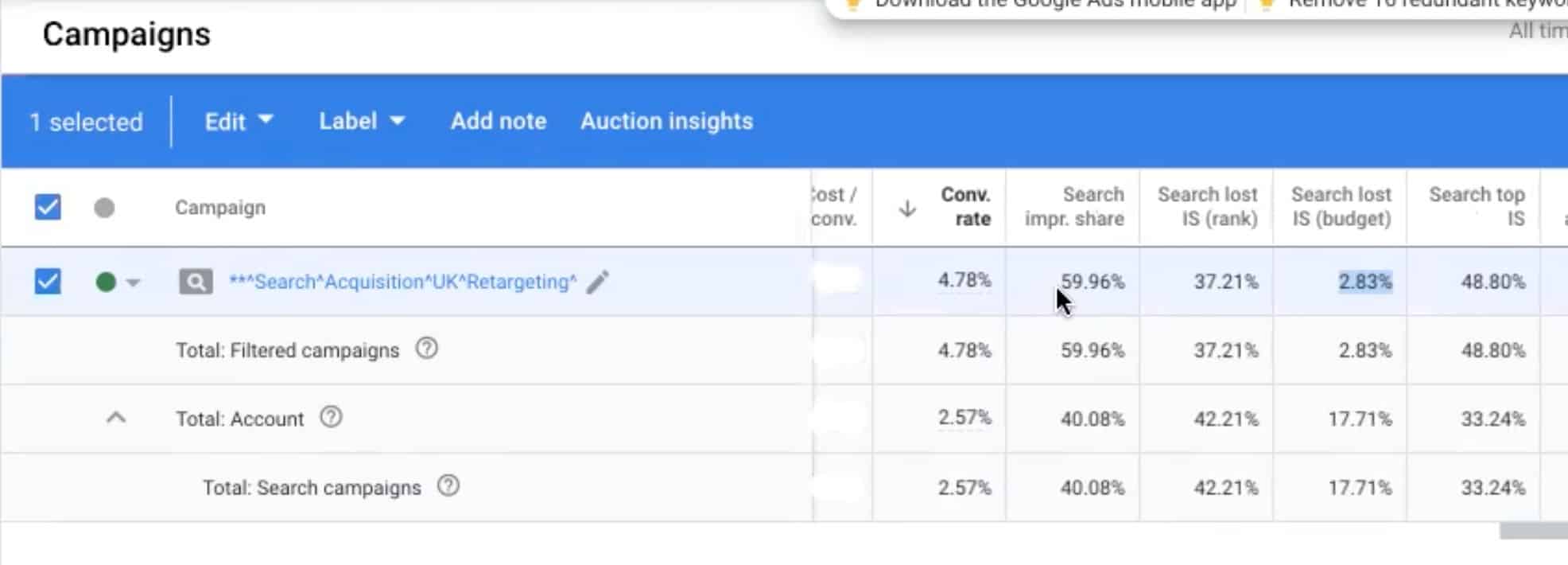
To achieve this kind of result, what I do is:
- Create a new campaign for retargeting audiences using the website visitors list
- Make sure it’s a “Targeting” campaign, giving you extra customisation options
- Exclude the same list from the generic campaign, giving you a pure returning visitors campaign for retargeting, plus a pure new users campaign
The benefits of setting up isolated retargeting campaigns like this are threefold:
1. You have full control over the budget and bidding strategies, rather than simply increasing bids across the board. This allows you to double-down on the most profitable audiences and spend your advertising budget efficiently for maximum returns.
2. You can adapt the messaging in your ads and ad groups, to tap into the returning user’s specific need state and mindset. So, not only are you optimising the bids, but you’re optimising creatives to generate the best possible response to your ads.
Example: If you build ads to retarget people who have bounced from your pricing page, you can deliver ad copy like “Concerned about the cost of getting started? Enjoy a 50% discount for the first three months” — or something similarly compelling.
3. You can more easily customise the user flow by building specific landing pages for returning users, or by adapting the funnel to build trust (e.g. offering a brochure download). Basically, you get more opportunities to personalise the user journey.
These three benefits add up to one big one: bringing down the cost of customer acquisition.
As I mentioned earlier, while the “isolated search retargeting” approach is broadly helpful to all PPC advertisers, some will see more significant benefits than others.
For example, websites with a high proportion of returning vs new users are well-suited (anything above 20% returning) — and if you’re currently held back in the paid SERPs by limited budgets, you should also look at this closely to make your investment go further.
If you don’t have the means to be there 20% of the time, why would you spend that full 20% on new users? It’s better to split it 15% new, 5% returning. And isolated campaigns are the answer.
Bonus tip: How this “isolated” approach can be used in other ways
The idea of isolating audiences for Search campaigns on Google Ads can be applied in other situations.
For example, when you’re using Affinity audiences, you can isolate the ones which have the best performance to give yourself more control over where and how budget is spent.
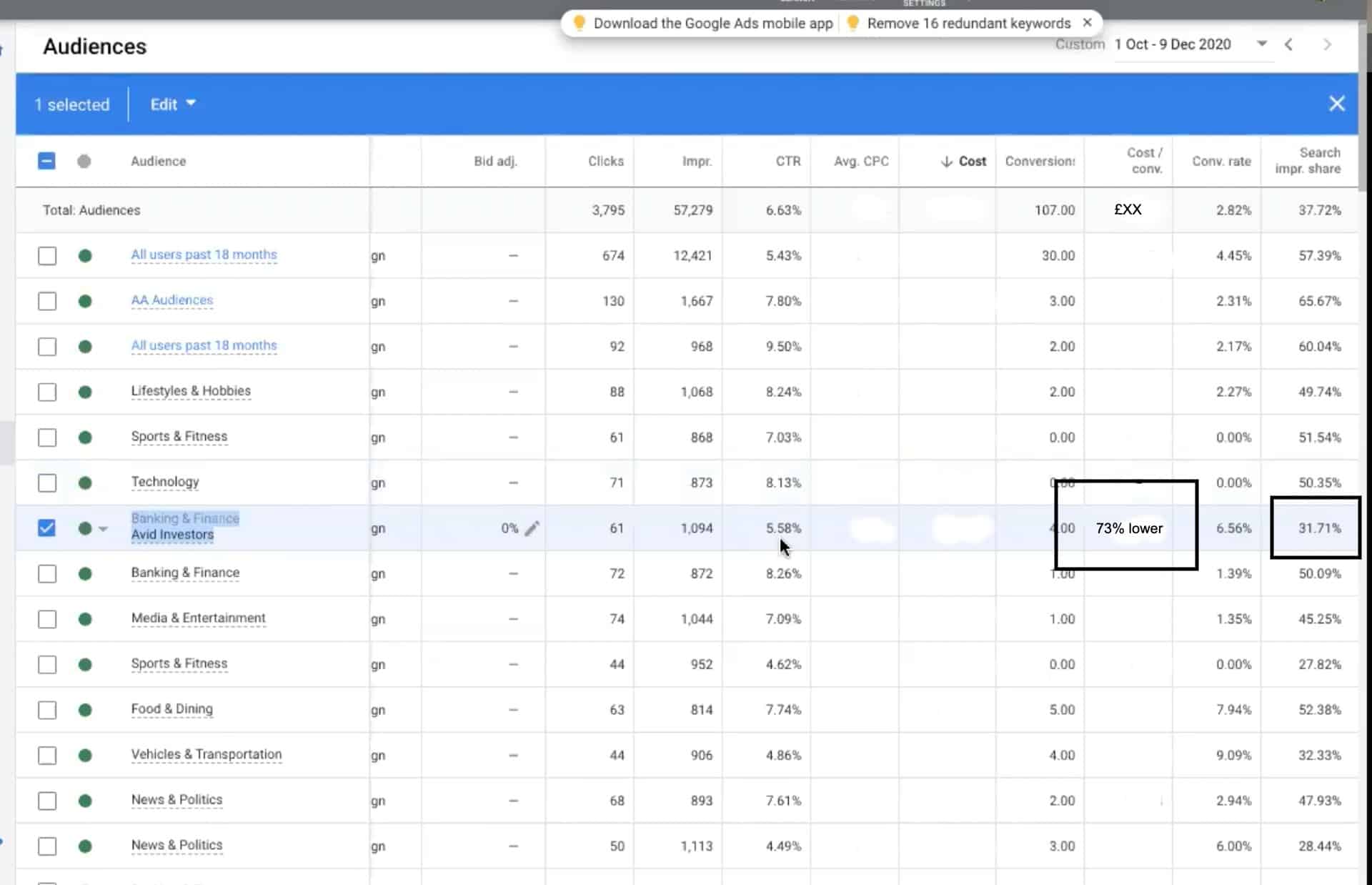
In the screenshot above, you can see that “avid investors in banking and finance” have a 73% lower cost per conversion compared to the campaign as a whole. And impression share for this audience is currently just above 30%, meaning we’re leaving nearly 70% of this audience on the table — a segment with a relatively high conversion rate and a low cost per conversion.
The opportunity here is to shift focus (and budget) onto this specific audience, to maximise the reach and return on investment.
Google isn’t great at recognising these patterns and adjusting your campaigns automatically. But with a bit of care and attention, you can do it manually.
Final Thoughts: How to do Search Retargeting Effectively
Using Display ads to retarget site visitors is standard practice. But using Search ads to retarget site visitors is a little less common, and it’s even rarer for this audience to be a core focus.
As a result, I’ve seen many businesses spend more than they need to, and miss out on conversions.
Don’t forget: conversion paths are complex, containing multiple stages and touch-points. In this context, retargeting with Search makes sense.
And by setting up isolated “pure” retargeting campaigns and serving returning users with customised messaging, you can make sure you’re reaching the maximum volume of warm prospects with offers that convince them to buy.
In this post, Kurve’s PPC expert, Shaian Nouri, explains how you can retarget interested people who have visited your website with a smart Google Search Ads setup.
Shaian Nouri is Kurve's Paid Search Consultant, managing and validating PPC campaigns for clients in a range of different industries. If you need help powering growth through paid search or display advertising channels, contact Sha below:
